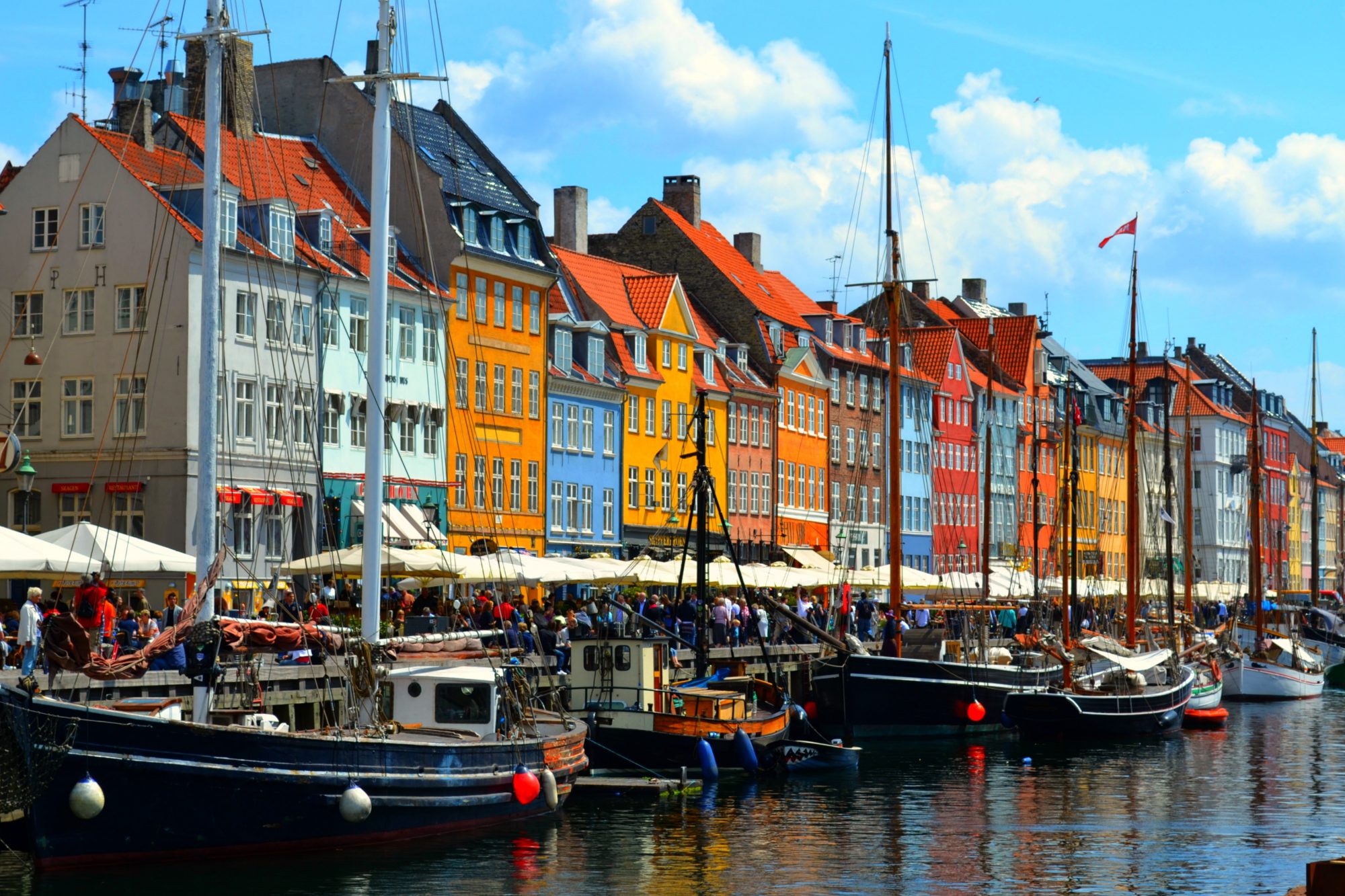Agency for Digital Government, chart Denmark’s long-term vision for digital development
Since the turn of the century, Denmark has experienced a fundamental digital transformation, making Danish society one of the world’s most digital.
Today, the vast majority of citizens and companies in Denmark use digital channels to communicate with the public sector. They enroll for public childcare, check blood test results, register new companies and make secure payments – all digitally. This digital development has met some of the greatest societal challenges facing our society through digital technology. Building on this solid foundation, two new strategies put forth the direction for Denmark’s digital future.
Mitigating societal challenges through digital development
The first half of 2022 offered new political visions for the next chapter in Denmark’s digital development. In May 2022, the Danish Government presented a proposal for a national digital strategy spanning the public and private sectors. Following this, the sixth digital strategy for the public sector was launched in June.
Both strategies emphasise that digital solutions are not a goal in and of themselves. Rather, digital technologies are a tool to meet great societal challenges. In the following, three central themes of the new strategies are presented.
First, participation in a digital society requires certain skills – and those who find digital government difficult should receive guidance or an alternative. To address this issue, the digital strategy for the public sector introduces an initiative that will make it easier for relatives and other helpers to assist digitally challenged citizens with their digital contact with the public sector.
A successful digital transition rests dually on digital inclusion and digital service design. In this way, digital government must focus on responsibility and ethical considerations and on making the entire public sector more accessible and coherent for citizens in their everyday life.
At the same time, labour shortage currently represents one of the greatest challenges to the Danish welfare system, particularly in healthcare and social work. In this context, new technology can be a vital part of the solution. For instance, artificial intelligence and robots can ease repetitive administrative processes for nurses and caregivers in order to let them spend more time with the patients who need their professional help. Accordingly, the two strategies launch a plan for implementing new technology in the public sector with the ambition to free up time corresponding to 10,000 full-time employees over the next 10 years.
As a third focus, the strategies aim to mitigate the climate crisis, for example by creating a circular databank to monitor waste streams and enable better recycling of materials and by improving the quality of and access to data used in climate adaptation. While data and digital solutions can support the green transition in many ways, the increasing demand for data processing and storage also increase energy consumption. Correspondingly, both strategies introduce measures to ensure that digital solutions contribute positively to the green transition of Danish society.

Broad partnerships
Historically, digital development in Denmark has been the result of strategic planning, strong collaboration as well as broad political and popular support.
The Danish Government established a partnership for the future of Denmark’s digital development in March 2021 to ensure that the new digital strategies would represent interests across the private and public sector. The partnership comprised 28 members from Danish businesses, research communities, civil society, and local government. Their brief was to advise the government on how to harness the opportunities provided by digital technologies, resulting in 46 recommendations delivered to the government in October 2021.
Building on these recommendations, the Danish government launched the national digital strategy. The strategy marks the first digital strategy spanning both the public and private sectors in Denmark.
While the scope of the national strategy is new, the digital strategy for the public sector builds upon more than 20 years of ambitious strategic cooperation across different levels of governments. Previous strategies for the digital development of the public sector have included initiatives such as mandatory digital communication with the public sector and the introduction of digital self-service solutions for almost all administrative public services. These initiatives are now an integrated part of the everyday life in Denmark.
Taking measures to secure the future
For more than two decades, Denmark has been a digital frontrunner. This position has been achieved through well-planned strategies and comprehensive collaboration between the many institutions of the public sector.
The new strategies represent the next central steps to harness the potentials of the digital age and meet our challenges head on. This time, innovative cooperation across all levels of society is more important than ever.
Agency for Digital Government
Tel: +45 3392 5200
digst@digst.dk
https://en.digst.dk/











